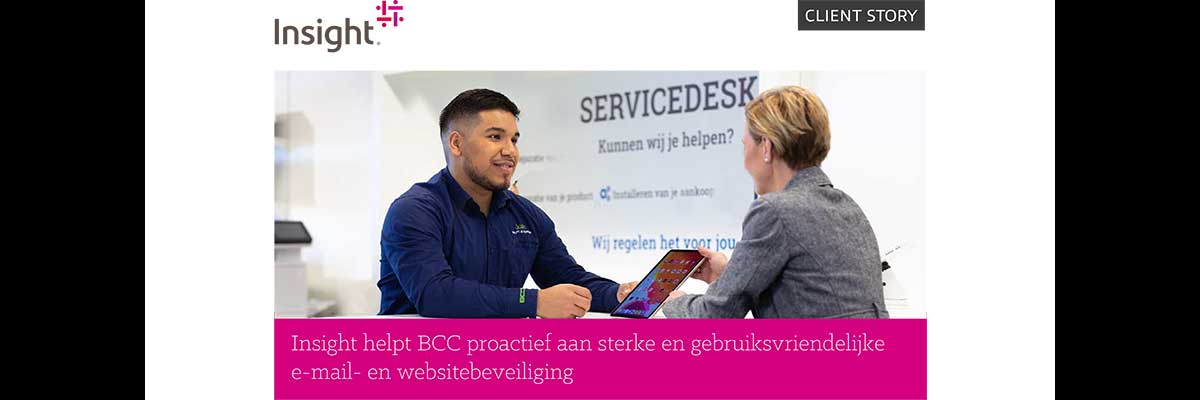Article Insight into hybrid working: the cloud as a game changer
By Insight Editor / 25 May 2023 / Topics: Modern infrastructure Hybrid workforce Hybrid cloud
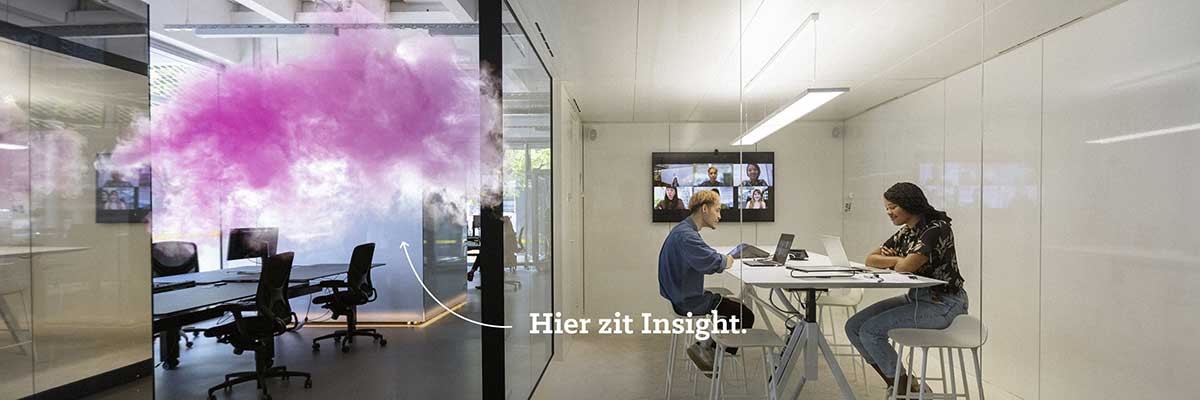
The way we work has changed radically at an unprecedented pace in recent times. Working remotely is the new normal for many companies and employees, but it also requires new solutions for seamless user experience, productivity and collaboration. But how do you create that modern workplace? In this article, learn more about the benefits of a cloud-based IT ecosystem and why a hybrid work strategy is critical to business success today and tomorrow.
Today's employee is no longer the same
Today's employee expects an engaging and seamless work experience no matter where he or she works. This is no longer about where you work, but the needs of the individual. Microsoft's New Future of Work research therefore shows that needs within the workplace are rapidly shifting.
Due in part to the pandemic, many employees struggle with feeling overwhelmed or even burn out due to the high workload. In addition, Glints' Employee Well-Being report shows that collaboration and connectedness within the traditional workplace also regularly go awry.
For example, 41% of employees say they miss the feeling of connection with their colleagues. Also, 35% indicate that they experience conflicts between work and personal life, making a healthy balance far away. As an organization, it is essential to respond to this quickly, as 47% of respondents say that since the pandemic, family and private life really do come before work.
Thus, facilitating a healthy work-life balance and hybrid work environment is no longer a nice touch, but an outright requirement to keep employees (satisfied) and attract new talent.
Experimenting with remote working
Businesses themselves also see this change. For example, according to the report Fixing the Disconnect Between IT and Business, 83% of business leaders believe that the way they work has changed permanently. In fact, for many companies, the remote working experiment has already proven to be a success.
According to a McKinsey survey, nine out of 10 organizations will continue to combine remote and on-site working in the future. This means that hybrid working will simply remain. A long-term plan to develop temporary solutions and implement permanent strategies is therefore essential for companies.
So the workplace of tomorrow is no longer a fixed physical place, but simply the location where an employee performs the work. Wherever that may be. In doing so, they expect an organization to support and enable them to be productive. And if not? Then, according to The Great Resignation report, that valuable employee may simply move to a company that does facilitate this.
Reinventing the (digital) work environment
At Insight, we are constantly working to make tomorrow's modern workplace possible today. Hybrid working is the future. A work environment where employees have more influence over when, where and how they work. Where they expect the same work experience as on the shop floor.
That modern workplace requires a digital transformation in which we unlock and optimize the power of people and technology. The following three pillars and components are central to the modern workplace:

People
- Resilient connections to company, mission and employees
- Accelerated onboarding, training and career growth
- Increased well-being through improved productivity, collaboration and job satisfaction

Location
- Standardized and more secure device experiences from any location
- Collaboration among all employees regardless of where they are, without barriers
- Simplified, modern systems for inclusive & accessible meetings

Processes
- Automated processes to improve workflows and free up IT resources
- Workforce management that enables flexibility and saves time
- Integration of collaborative apps and data tools into a Single-platform solution reducing start-up costs.
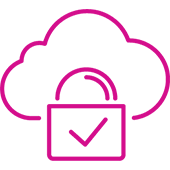
Private Cloud:
A model in which a company manages its own environment for virtualized computing resources through on-premises infrastructure (including owned, leased or As a Service models)
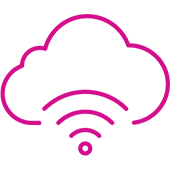
Public Cloud:
The model by which business entities use virtual resources and infrastructure owned and managed by hyperscalers such as Google, Amazon and Microsoft (via virtual machines, a dedicated machine or API)
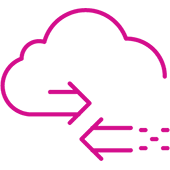
Hybrid Cloud:
Combines the previous models, using both on-premises infrastructure and public cloud resources, sometimes from more than one public cloud provider (a model that uses multiple major public cloud platforms is also called multicloud)
The benefits of a hybrid cloud platform
To achieve this, an effective hybrid work strategy is essential. With a scalable cloud environment and innovative IT solutions that facilitate exactly the collaboration and productivity that the employee of today and tomorrow demands. In doing so, the cloud offers tremendous opportunities for business innovation and growth with the key benefits being:
- Improving collaboration, efficiency and productivity
- The creation of seamless interactions between employees and users regardless of where they work
- The integration of cost-efficient and effective tools for e.g. digital collaboration, calling & conferencing and virtual desktop
- A scalable IT infrastructure that allows you to respond flexibly to new challenges and accelerates time to market
- Provides integrated security against ransomware and cyber attacks to protect users and company data 24/7
- Increases cost efficiency for IT investments and reduces your IT management burden
Thus, a cloud-based IT ecosystem provides the foundation in which people, technology and hybrid workplace come together.
The five steps to a hybrid work environment
So with a clear vision of the cloud, a solid strategy and a holistic plan to implement digital business transformation, you have gold in your hands to modernize your business. In doing so, moving to a hybrid work environment with the right IT partner is easier and faster to achieve than you probably think. Central to this process are the five steps below:
- Create an approach in which you facilitate far-reaching flexibility for people
- Determine how to bridge the gap between physical and digital work
- Invest in the development of an innovation-driven culture and experiment with different working models
- Demonstrate open and purpose-driven leadership
- Evaluate the employee experience and determine how to create the best experience for employees and new talent.
Other elements that contribute to a successful hybrid cloud environment are an innovative mindset, the right technology and the link to business goals and security. Want to learn more about integrating a hybrid (multi)cloud platform? Then download our blueprint for a successful cloudbased IT infrastructure whitepaper (Dutch).
From cloud transformation to business success
Successful cloud transformation = successful business transformation. As a leading solutions integrator, we at Insight accelerate that transformation by unlocking and connecting the power of people and technology. In doing so, we modernize essential products, platforms and workflows to improve productivity and agility. Grow to greatness is what we call it. We design and deliver modern infrastructure solutions, management and support for cloud and data center platforms and modern networks to enable digital transformation.
So we align your business with the right technology and solutions to modernize, compete and grow. Curious about the possibilities and opportunities for your organization? Check the maturity of your cloud environment with our Cloud Maturity Assessment tool (Dutch) or contact our specialists. We are happy to think along with you on your way to your successful business transformation.


